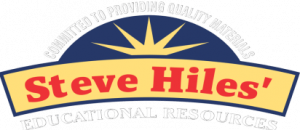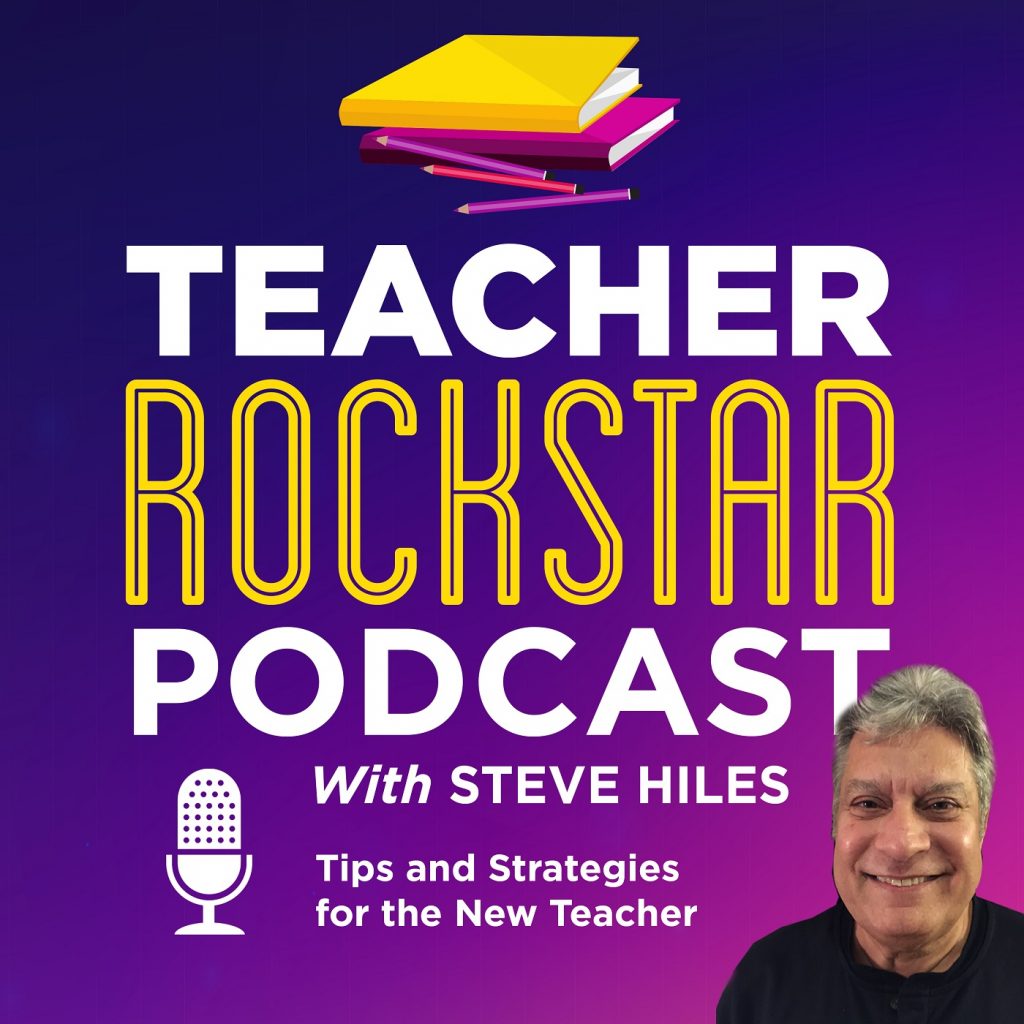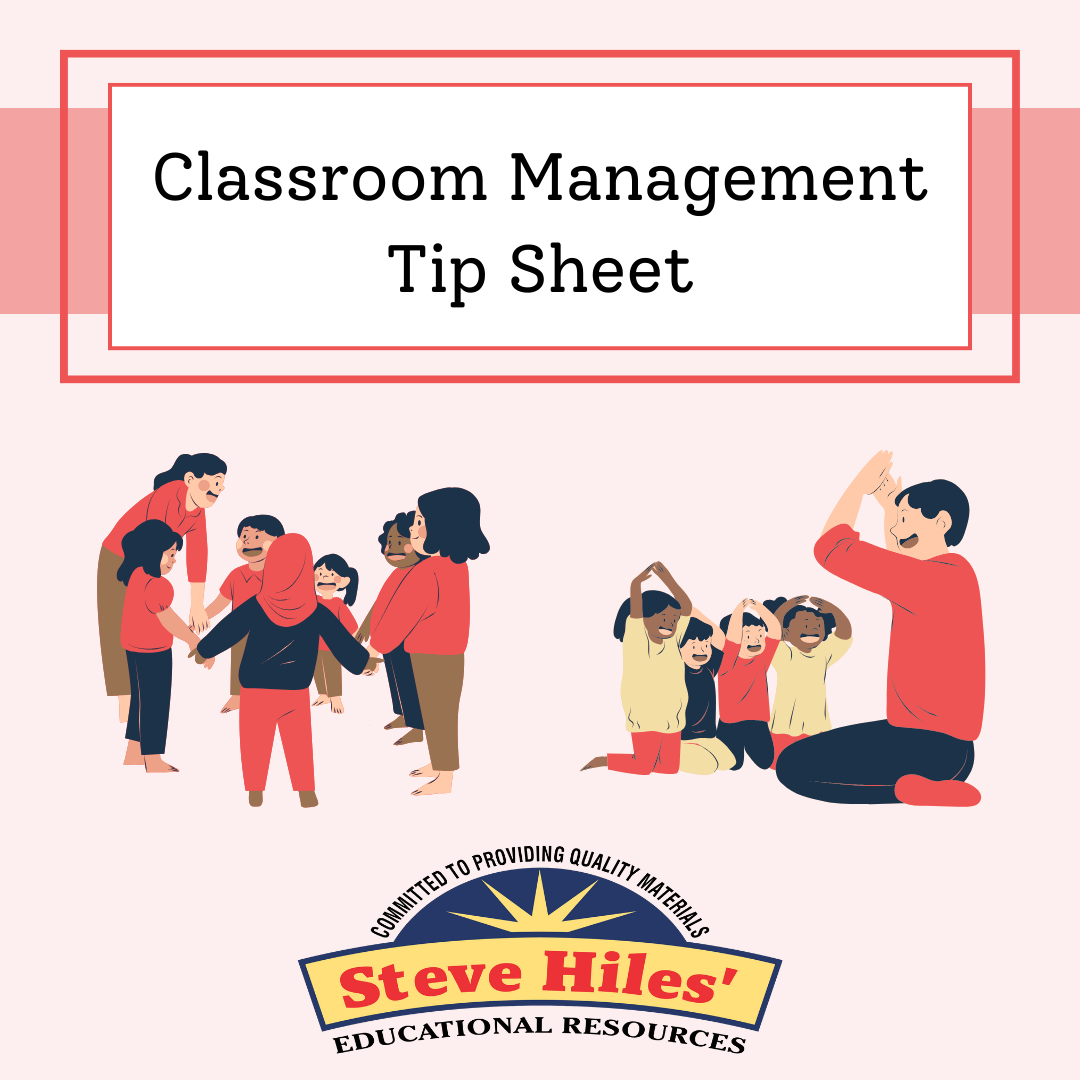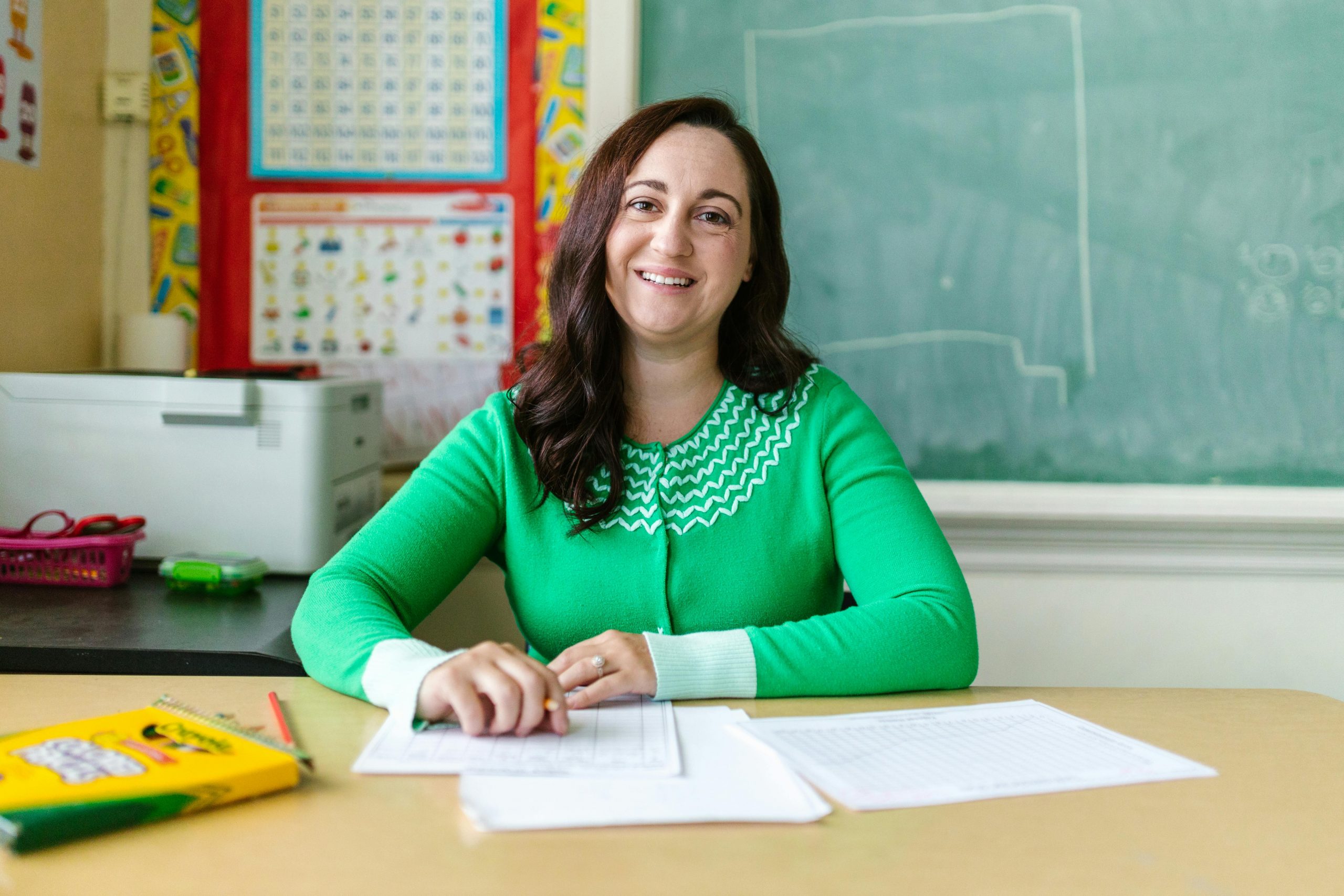Thomas R. Guskey
Teachers who develop useful assessments, provide corrective instruction, and give students second chances to demonstrate success can improve their instruction and help students learn.
Large-scale assessments, like all assessments, are designed for a specific purpose. Those used in most states today are designed to rank-order schools and students for the purposes of accountability—and some do so fairly well. But assessments designed for ranking are generally not good instruments for helping teachers improve their instruction or modify their approach to individual students. First, students take them at the end of the school year, when most instructional activities are near completion. Second, teachers don’t receive the results until two or three months later, by which time their students have usually moved on to other teachers. And third, the results that teachers receive usually lack the level of detail needed to target specific improvements (Barton, 2002; Kifer, 2001).
The assessments best suited to guide improvements in student learning are the quizzes, tests, writing assignments, and other assessments that teachers administer on a regular basis in their classrooms. Teachers trust the results from these assessments because of their direct relation to classroom instructional goals. Plus, results are immediate and easy to analyze at the individual student level. To use classroom assessments to make improvements, however, teachers must change both their view of assessments and their interpretation of results. Specifically, they need to see their assessments as an integral part of the instruction process and as crucial for helping students learn.
Despite the importance of assessments in education today, few teachers receive much formal training in assessment design or analysis. A recent survey showed, for example, that fewer than half the states require competence in assessment for licensure as a teacher (Stiggins, 1999). Lacking specific training, teachers rely heavily on the assessments offered by the publisher of their textbooks or instructional materials. When no suitable assessments are available, teachers construct their own in a haphazard fashion, with questions and essay prompts similar to the ones that their teachers used. They treat assessments as evaluation devices to administer when instructional activities are completed and to use primarily for assigning students’ grades.
To use assessments to improve instruction and student learning, teachers need to change their approach to assessments in three important ways.
Table of Contents
ToggleMake Assessments Useful
For Students
Nearly every student has suffered the experience of spending hours preparing for a major assessment, only to discover that the material that he or she had studied was different from what the teacher chose to emphasize on the assessment. This experience teaches students two un-fortunate lessons. First, students realize that hard work and effort don’t pay off in school because the time and effort that they spent studying had little or no influence on the results. And second, they learn that they cannot trust their teachers (Guskey, 2000a). These are hardly the lessons that responsible teachers want their students to learn.
Nonetheless, this experience is common because many teachers still mistakenly believe that they must keep their assessments secret. As a result, students come to regard assessments as guessing games, especially from the middle grades on. They view success as depending on how well they can guess what their teachers will ask on quizzes, tests, and other assessments. Some teachers even take pride in their ability to out-guess students. They ask questions about isolated concepts or obscure understandings just to see whether students are reading carefully. Generally, these teachers don’t include such “gotcha” questions maliciously, but rather—often unconsciously—because such questions were asked of them when they were students.
Classroom assessments that serve as meaningful sources of information don’t surprise students. Instead, these assessments reflect the concepts and skills that the teacher emphasized in class, along with the teacher’s clear criteria for judging students’ performance. These concepts, skills, and criteria align with the teacher’s instructional activities and, ideally, with state or district standards. Students see these assessments as fair measures of important learning goals. Teachers facilitate learning by providing students with important feedback on their learning progress and by helping them identify learning problems (Bloom, Madaus, & Hastings, 1981; Stiggins, 2002).
Critics sometimes contend that this approach means “teaching to the test.” But the crucial issue is, What determines the content and methods of teaching? If the test is the primary determinant of what teachers teach and how they teach it, then we are indeed “teaching to the test.” But if desired learning goals are the foundation of students’ instructional experiences, then assessments of student learning are simply extensions of those same goals. Instead of “teaching to the test,” teachers are more accurately “testing what they teach.” If a concept or skill is important enough to assess, then it should be important enough to teach. And if it is not important enough to teach, then there’s little justification for assessing it.
For Teachers
The best classroom assessments also serve as meaningful sources of information for teachers, helping them identify what they taught well and what they need to work on. Gathering this vital information does not require a sophisticated statistical analysis of assessment results. Teachers need only make a simple tally of how many students missed each assessment item or failed to meet a specific criterion. State assessments sometimes provide similar item-by-item information, but concerns about item security and the cost of developing new items each year usually make assessment developers reluctant to offer such detailed information. Once teachers have made specific tallies, they can pay special attention to the trouble spots—those items or criteria missed by large numbers of students in the class.
In reviewing these results, the teacher must first consider the quality of the item or criterion. Perhaps the question is ambiguously worded or the criterion is unclear. Perhaps students mis-interpreted the question. Whatever the case, teachers must determine whether these items adequately address the knowledge, understanding, or skill that they were intended to measure.
If teachers find no obvious problems with the item or criterion, then they must turn their attention to their teaching. When as many as half the students in a class answer a clear question incorrectly or fail to meet a particular criterion, it’s not a student learning problem—it’s a teaching problem. Whatever teaching strategy was used, whatever examples were employed, or whatever explanation was offered, it simply didn’t work.
Analyzing assessment results in this way means setting aside some powerful ego issues. Many teachers may initially say, “I taught them. They just didn’t learn it!” But on reflection, most recognize that their effectiveness is not defined on the basis of what they do as teachers but rather on what their students are able to do. Can effective teaching take place in the absence of learning? Certainly not.
Some argue that such a perspective puts too much responsibility on teachers and not enough on students. Occasionally, teachers respond, “Don’t students have responsibilities in this process? Shouldn’t students display initiative and personal accountability?”
Indeed, teachers and students share responsibility for learning. Even with valiant teaching efforts, we cannot guarantee that all students will learn everything excellently. Only rarely do teachers find items or assessment criteria that every student answers correctly. A few students are never willing to put forth the necessary effort, but these students tend to be the exception, not the rule. If a teacher is reaching fewer than half of the students in the class, the teacher’s method of instruction needs to improve. And teachers need this kind of evidence to help target their instructional improvement efforts.
Follow Assessments with Corrective Instruction
If assessments provide information for both students and teachers, then they cannot mark the end of learning. Instead, assessments must be followed by high-quality, corrective instruction designed to remedy whatever learning errors the assessment identified (see Guskey, 1997). To charge ahead knowing that students have not learned certain concepts or skills well would be foolish. Teachers must therefore follow their assessments with instructional alternatives that present those concepts in new ways and engage students in different and more appropriate learning experiences.
High-quality, corrective instruction is not the same as reteaching, which often consists simply of restating the original explanations louder and more slowly. Instead, the teacher must use approaches that accommodate differences in students’ learning styles and intelligences (Sternberg, 1994). Although teachers generally try to incorporate different teaching approaches when they initially plan their lessons, corrective instruction involves extending and strengthening that work. In addition, those students who have few or no learning errors to correct should receive enrichment activities to help broaden and expand their learning. Materials designed for gifted and talented students provide an excellent resource for such activities.
Developing ideas for corrective instruction and enrichment activities can be difficult, especially if teachers believe that they must do it alone, but structured professional development opportunities can help teachers share strategies and collaborate on teaching techniques (Guskey, 1998, 2000b). Faculty meetings devoted to examining classroom assessment results and developing alternative strategies can be highly effective. District-level personnel and collaborative partnerships with local colleges and universities offer wonderful resources for ideas and practical advice.
Occasionally, teachers express concern that if they take time to offer corrective instruction, they will sacrifice curriculum coverage. Because corrective work is initially best done during class and under the teacher’s direction, early instructional units will typically involve an extra class period or two. Teachers who ask students to complete corrective work independently, outside of class, generally find that those students who most need to spend time on corrective work are the least likely to do so.
As students become accustomed to this corrective process and realize the personal benefits it offers, however, the teacher can drastically reduce the amount of class time allocated to such work and accomplish much of it through homework assignments or in special study sessions before or after school. And by not allowing minor errors to become major learning problems, teachers better prepare students for subsequent learning tasks, eventually need less time for corrective work (Whiting, Van Burgh, & Render, 1995), and can proceed at a more rapid pace in later learning units. By pacing their instructional units more flexibly, most teachers find that they need not sacrifice curriculum coverage to offer students the benefits of corrective instruction.









